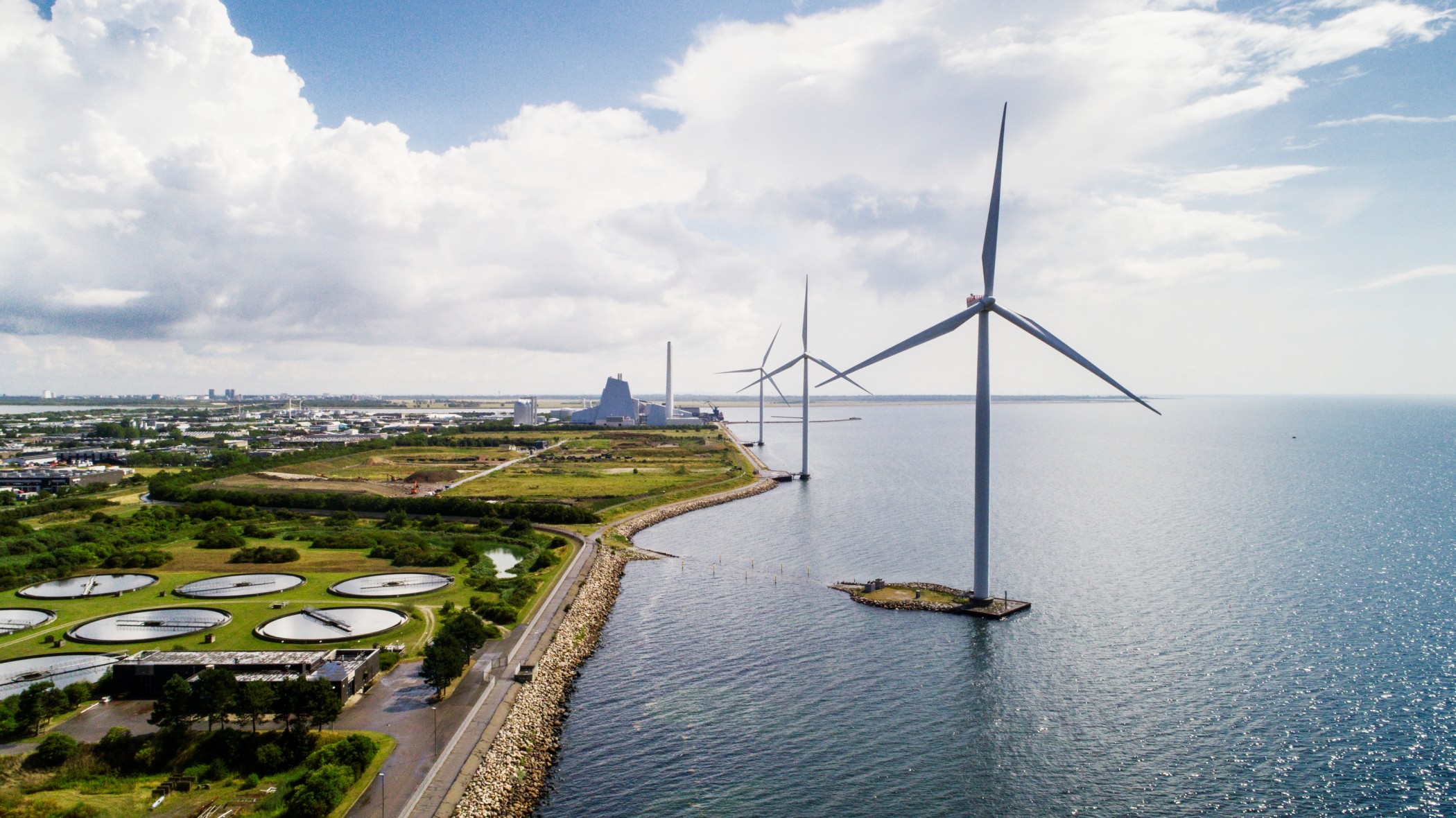News
Solar and wind deliver record start to 2022


Danish wind turbines have produced 4.77 TWH in January and February combined. The new outcome is 12 percent higher than the previous record from 2020, according to statistics by Energinet, who owns, operates, and develops the transmission systems for electricity and natural gas in Denmark, and the European association for the cooperation of transmission system operators (TSOs) for electricity, ENTSO-E.
When looking at the output from solar, the increase is even greater. While solar still takes up a relatively small share of the energy mix compared to wind, panels and solar parks are being installed at rapid pace around the country. In January and February alone, Danish solar panels produced a total of 11 GWh, which is an increase of 60 percent compared to last year.
Compared to 2021, which lacked a combination of gusty winds and sunny days, this year's tendency is turned upside down. Paired with constant expansions, bright days and windy nights are so far setting the standard for 2022:
“Thanks to constant expansion and more effective panels, the Danish energy production from solar has been increasing since 2015. Adding to this, the sunny days toward the end of February has backed the new record output,” says Kristian Rune Poulsen, analyst from Danish Energy.
On top of its positive impact on CO2-emissions, the record output from solar and wind has also lowered the economic burden for Danish citizens. Especially in times where a global energy crunch has rapidly increased prices. With energy output from renewables covering up to 100 percent of the national demand on good days, Danish consumers are able to get their electricity at a lower price point compared to European peers.
You may find real-time data on Denmark’s energy system right here.
You should consider reading
Perspective
Resource recovery from wastewater
+1















